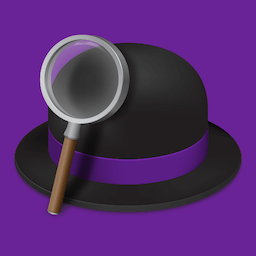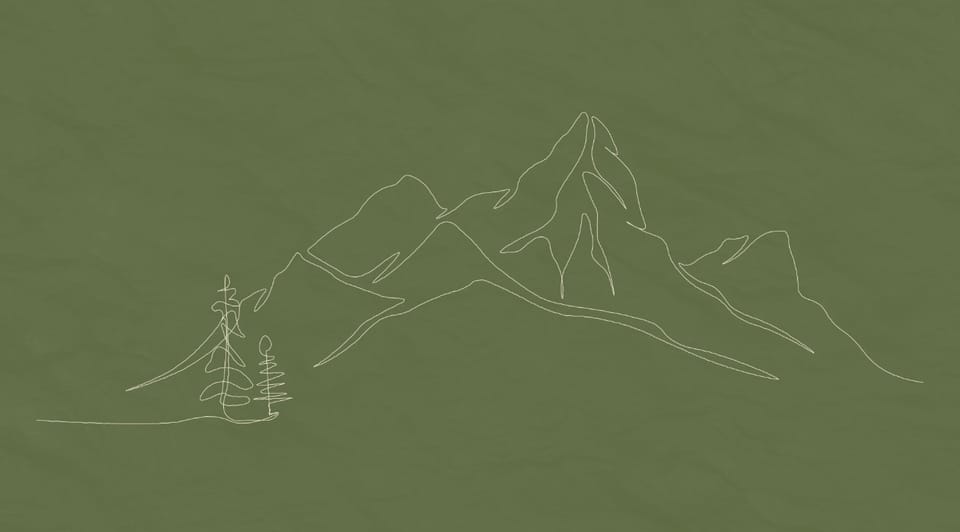Workflow
Part 1: Reflection
In retrospect, throughout my process of creating, there are definitely aspects that I find straightforward and enjoy, as well as parts that I tend to struggle with. Within my practice, processes that make me feel most engaged and creative would be the overall 'design' stage. Developing and curating an exiting concept into physical work and iterations provides me with motivation to properly execute what i'm making whilst still retaining excitement about the evolution of my initial idea. I feel like i'm 'actually' designing most when in the production stage; refining my work, focusing on smaller details and art-working to ensure quality and consistency within the final outcome.
Some pain points within my workflow would include specific parts of the 'research' and 'creative' stages when designing. When planning, I often struggle to use contextual research when forming ideas and concepts and can often get focused on an idea without having enough visual and historical inspiration behind it. In addition to this, I feel like an aspect that pulls me out of the flow and slows me down is my lack of organization. I struggle to have things all in one accessible place, and often end up with a unorganized, cluttered desktop that prevents me from being efficient and causes me to become overwhelmed.
Part 2: Researching Tools
During my research, I came across a software named Raindrop.io, that is used to help automatically organize and manage bookmarked things all into one place, almost like a Pinterest for graphic design related content. I believe that implicating this into my practice and overall design process would massively beneficially impact the struggle I face when researching and initial planning. It would allow me to save articles, books, platforms and other key forms of inspiration all into one place, that I could then use when planning to help come up with ideas and concepts for my work. Overall, not only would this help me become more organized, but it would also resolve the main pain-point within my creative process.

Additionally, I also came across a macOS App called Alfred that would help me find and organize my files, spell-check, apply shortcuts/commands and much more. Applying this would also boost my efficiency and retain my flow when working, as one of my biggest struggles is my lack of organization, therefore allowing me to reduce friction and overall support my creativity through diminishing one of the largest obstacles within my workflow.

Part 3: Article Question
How do emerging tools (including AI) challenge or change what it means to be a designer, and how might your workflow need to adapt?
It's not unknown that AI poses a general threat to various industry's today, but within the creative industries, it's up for debate weather the impact of AI is beneficial or destructive. Despite this dispute, the evolution of AI is unavoidable and has already been inducted into the design industry; "Today, generative AI is nestled into the features of the biggest creative products". Undoubtably, AI has already impacted the craft of design, automating and generating work in seconds, using pre-existing works to feed it's generative ability. There's a fine line between AI aiding our creativeness and replacing it.
Designers using AI as a tool to aid efficiency and automating time-consuming processes allows designers to be more productive in other aspects of their work; supporting creativity. However, the use of AI to generate work as a whole should not be supported, as it replaces human authenticity and character, and devalues the hard-work of other designers. The roles of a designer is and will continue to change in many ways, shifting focus from technical steps that can be automated and allowing designers to purely focus on creativity and production. Overall, the impact of AI is beneficial towards what it means to be a designer, as long as... " AI continues to expand our creative potential, rather than flattening our collective richness".

